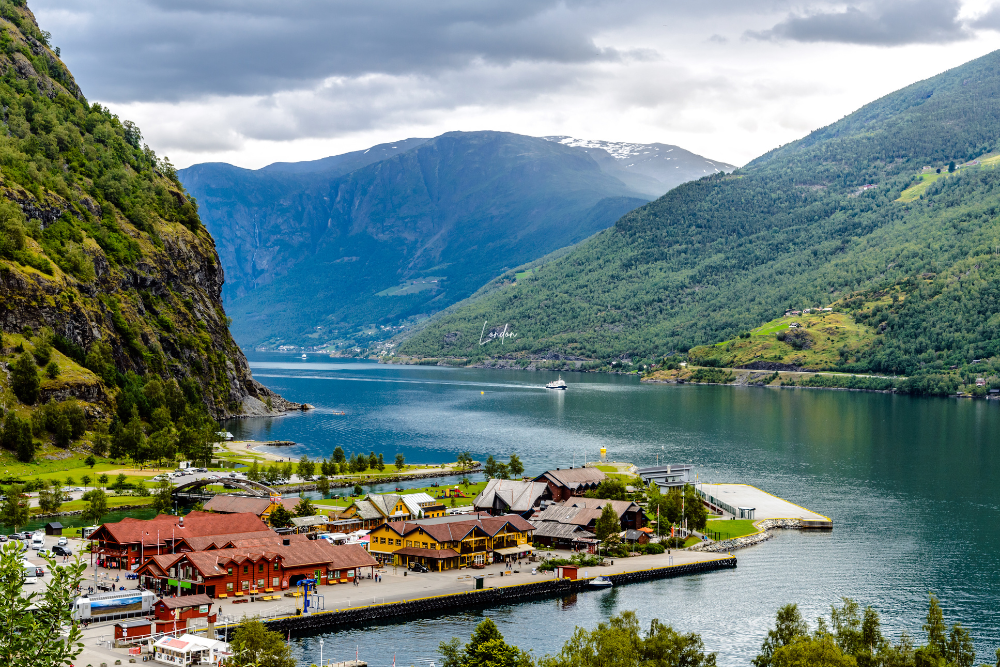Scandinavia, a region comprising Denmark, Norway, and Sweden (and often including Finland and Iceland), stands apart from the rest of Europe in many ways. From its breathtaking landscapes and progressive social policies to its deep-rooted Viking heritage and unique cultural traditions, Scandinavia offers an experience unlike any other part of the continent. If you’re planning a trip to Europe and wondering what sets Scandinavia apart, this guide will help you understand the key differences.
1. Nature & Landscapes: A Paradise for Outdoor Lovers

One of Scandinavia’s most defining features is its untouched and dramatic natural beauty. Unlike many other European regions that are known for bustling cities and historic landmarks, Scandinavia is synonymous with vast, unspoiled wilderness.
Unique Natural Features:
- Fjords of Norway: Nowhere else in Europe will you find the dramatic, glacier-carved fjords of Norway, such as Geirangerfjord and Nærøyfjord.
- The Northern Lights: While other European countries experience dark winter nights, Scandinavia’s Arctic regions offer one of the best places in the world to witness the aurora borealis.
- Endless Forests & Lakes: Sweden and Finland are covered in deep forests and thousands of pristine lakes, offering excellent opportunities for outdoor adventures.
- The Midnight Sun: During summer, the northern parts of Scandinavia enjoy 24-hour daylight, an experience rarely found in the rest of Europe.
2. Lifestyle & Social Policies: A Model for the World

Scandinavian countries are known for their high quality of life, progressive social policies, and work-life balance—something that sets them apart from other European nations.
Why Scandinavia Stands Out:
- Happiness & Well-Being: Scandinavia consistently ranks among the happiest places in the world, with Denmark, Finland, and Sweden frequently topping global happiness indexes.
- Free Education & Healthcare: Unlike most of Europe, higher education and healthcare are largely free for residents, creating an inclusive and well-educated society.
- Work-Life Balance: The Scandinavian work culture prioritizes a balance between professional and personal life, with shorter working hours and generous parental leave policies.
- Gender Equality: Scandinavia leads the way in gender equality, with progressive policies supporting women’s rights and workplace diversity.
3. Culture & Traditions: A Blend of History & Modernity

While the rest of Europe is famous for Renaissance art and classical architecture, Scandinavia has its own distinct cultural traditions that make it special.
Cultural Highlights:
- Viking Heritage: Unlike most of Europe, which is shaped by Roman and medieval influences, Scandinavia has a deep Viking legacy that continues to shape its culture.
- Nordic Design & Minimalism: Scandinavian countries are famous for their clean, functional, and sustainable design in architecture, furniture, and fashion.
- Hygge & Lagom: While France and Italy focus on indulgence, Scandinavian culture embraces cozy living (Danish hygge) and balanced simplicity (Swedish lagom).
- Midsummer Celebrations: Unlike southern European festivals, Scandinavia’s biggest celebration is Midsummer, where locals dance around maypoles and enjoy traditional food.
4. Cost of Living & Travel Expenses: A Pricey Destination

One of the biggest differences between Scandinavia and the rest of Europe is its cost of living. Scandinavia is known for being one of the most expensive regions in the world, making travel here significantly pricier than in southern and eastern Europe.
Comparing Costs:
- Accommodation: While budget-friendly hostels exist, hotels in Scandinavia are much more expensive than in places like Spain or Portugal.
- Dining: A meal at a mid-range restaurant in Scandinavia can cost double what you’d pay in central or eastern Europe.
- Alcohol Prices: Due to high taxes, alcohol is far more expensive in Scandinavia compared to France, Germany, or Italy.
- Public Transport: While efficient, public transport is costly, but cities like Copenhagen and Stockholm are bike-friendly, making cycling an affordable alternative.
5. Sustainable Living & Environmental Consciousness

Unlike other parts of Europe, Scandinavia has made sustainability a top priority. The region is a global leader in green energy, eco-friendly transportation, and responsible tourism.
Sustainability Efforts:
- Renewable Energy: Scandinavian countries rely heavily on renewable energy, such as hydropower in Norway and wind power in Denmark.
- Public Transportation: Efficient, eco-friendly public transport systems reduce carbon footprints in major cities.
- Plastic-Free Policies: Scandinavian supermarkets lead the way in reducing plastic waste and encouraging sustainable packaging.
- Eco-Tourism: From sustainable hotels to responsible wildlife tourism, Scandinavia promotes travel with minimal environmental impact.
Conclusion: Why Scandinavia is One-of-a-Kind
While Europe as a whole offers incredible diversity in history, culture, and landscapes, Scandinavia stands apart with its stunning natural beauty, progressive social policies, Viking heritage, high cost of living, and commitment to sustainability. Whether you’re drawn to its fjords, fascinated by Nordic traditions, or inspired by its quality of life, Scandinavia offers an experience unlike anywhere else in Europe. If you’re looking for a destination that combines adventure, innovation, and cultural depth, Scandinavia is the place to visit.












